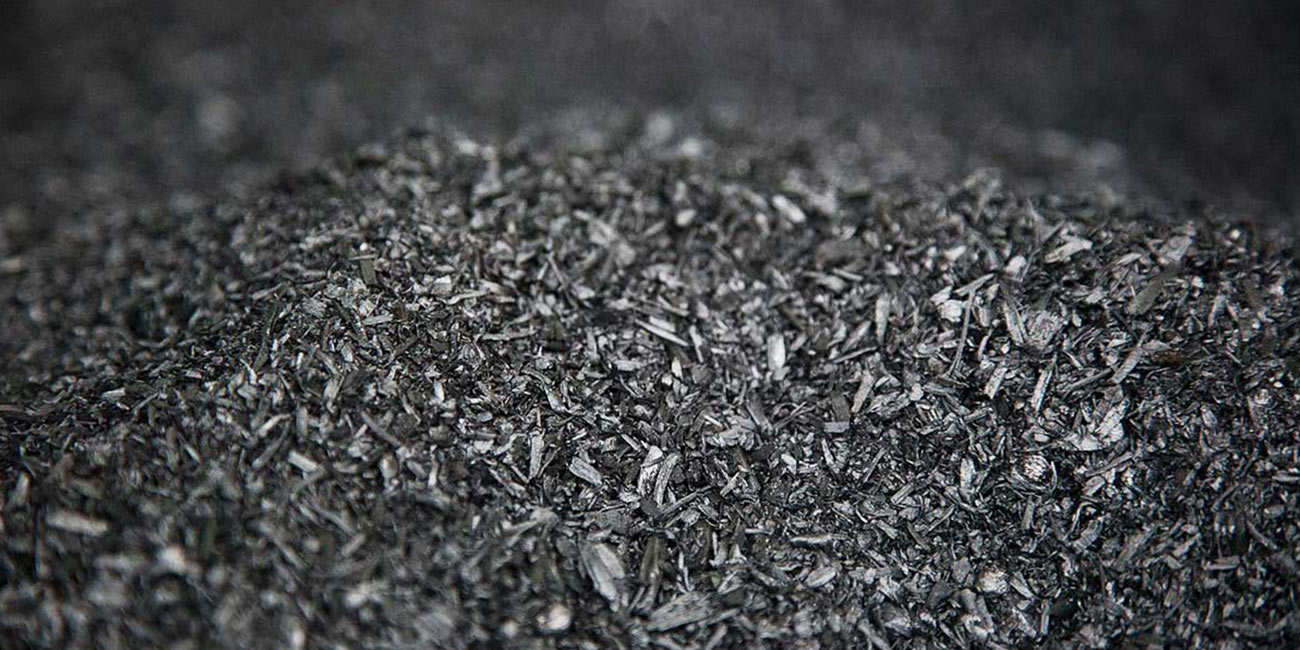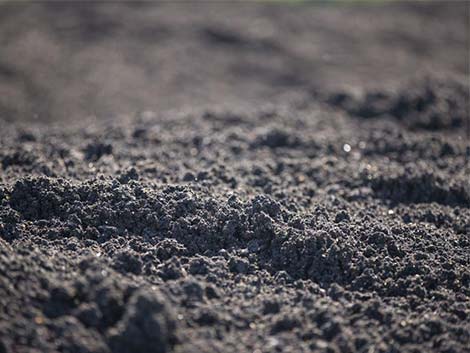Biochar is emerging as a potent solution in the fight against climate change, offering a sustainable approach to sequester carbon, enhance soil fertility, and mitigate environmental degradation. This carbon-negative technology harnesses the power of organic matter to create a valuable and versatile resource.
Understanding Biochar: A Carbon Sequestration Marvel
Derived from organic materials like agricultural waste, wood chips, or manure, biochar from biochar production equipment is produced through a process called pyrolysis. Pyrolysis involves heating biomass in a low-oxygen environment, converting it into a stable form of carbon that can endure in soils for hundreds to thousands of years.

The Role of Biochar as a Climate Solution
The use of biochar as a soil amendment has garnered attention for its ability to sequester carbon dioxide. By locking carbon into the soil, it prevents its release into the atmosphere, effectively mitigating greenhouse gas emissions and contributing to global carbon balance.
Enhancing Soil Health and Fertility with Biochar
Beyond its carbon sequestration potential, biochar offers remarkable benefits for soil health. Its porous structure acts as a refuge for soil microorganisms, promoting their activity and improving soil structure. Moreover, it enhances nutrient retention and water-holding capacity, fostering healthier and more resilient soils. See the mobile biochar machine here.
Agricultural Applications and Yield Improvement
In agriculture, the application of biochar fosters better crop yields. By enriching soils with organic carbon, it enhances nutrient availability to plants, thus reducing the need for synthetic fertilizers. Additionally, it aids in reducing nutrient leaching, preserving soil nutrients for plant uptake.
Biochar: An Eco-Friendly Waste Management Tool
Biochar serves as an eco-friendly waste management tool by converting agricultural residues and organic waste into a valuable resource. Instead of allowing these materials to decompose and release methane—a potent greenhouse gas—biochar production sequesters carbon and transforms waste into a useful soil enhancer.
The Potential Scale-Up of Biochar Implementation
As a solution for climate change, the scale-up of biochar from sawdust charcoal making machine implementation holds promise. However, challenges remain, such as ensuring sustainable biomass sourcing, developing cost-effective production methods, and integrating biochar application into existing agricultural practices.
Addressing Environmental Concerns and Optimizing Application
While biochar offers numerous benefits, its long-term impact on soil and ecosystems warrants continued research. Concerns regarding potential leaching of nutrients and its influence on soil microbiota emphasize the importance of optimizing its application and understanding its interactions within diverse ecosystems.

Community Adoption and Education for Sustainable Practices
Community engagement and education play pivotal roles in promoting the adoption of biochar as a climate solution. Encouraging sustainable practices and raising awareness about the benefits of biochar in carbon sequestration and soil health can drive broader acceptance and implementation.
Conclusion: Biochar’s Role in a Sustainable Future
In conclusion, biochar from rice hull carbonizer presents itself as a multifaceted solution in addressing climate change challenges. Its capacity to sequester carbon, enhance soil fertility, and repurpose organic waste underscores its potential to contribute significantly to sustainable agriculture, waste management, and global efforts to combat climate change. Embracing and further developing this innovative technology can pave the way for a more resilient and sustainable future.